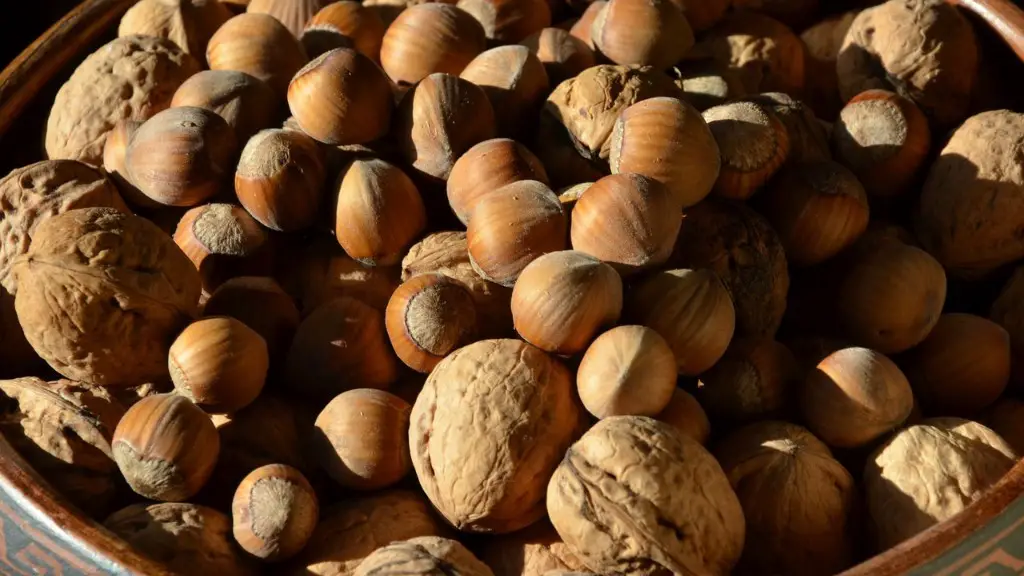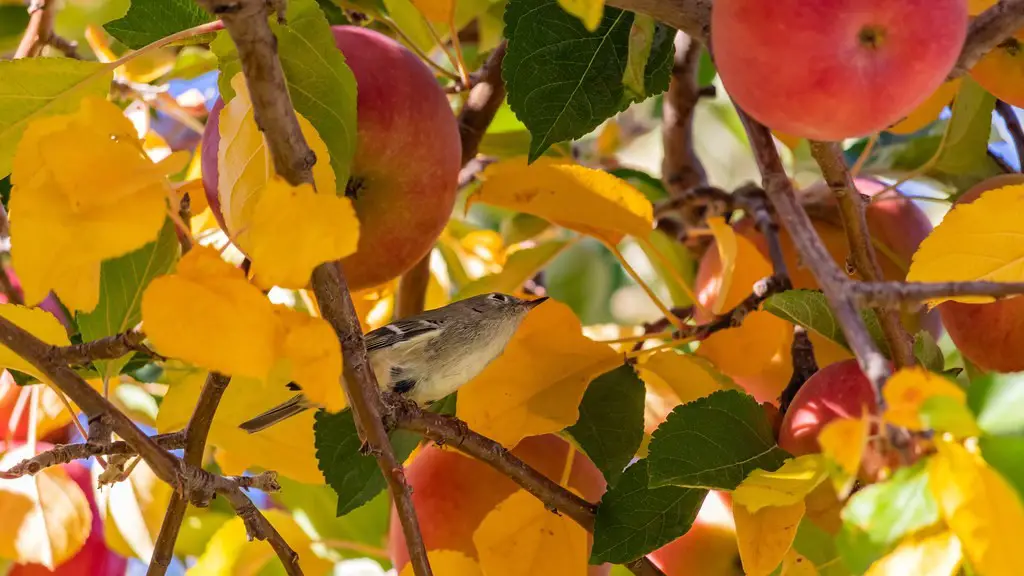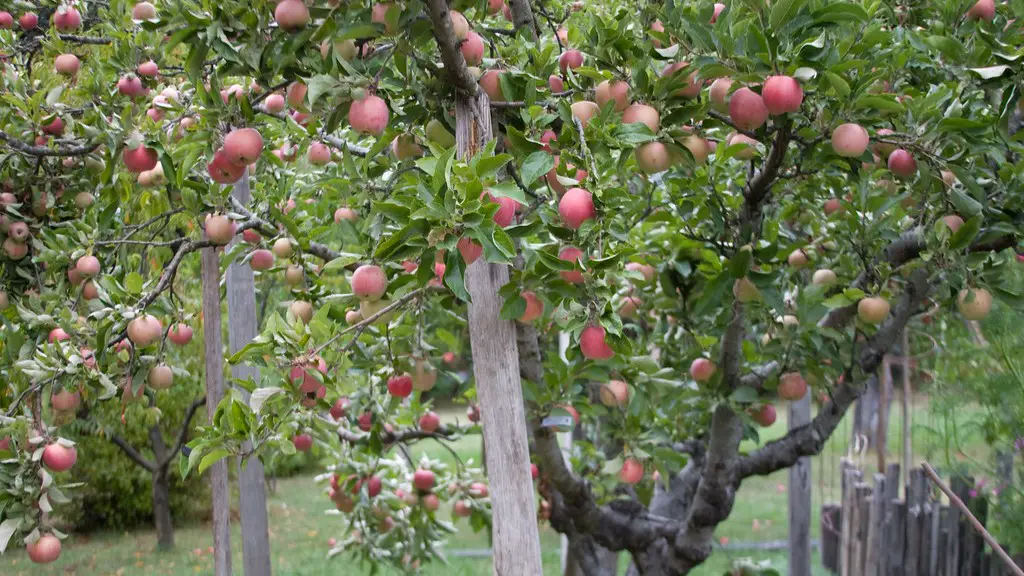Growing an avocado tree that produces fruit requires dedication and attention, but it can be done. This article provides information on the steps involved and the benefits of growing your own avocado tree.
When it comes to growing an avocado tree, there are two main types you can select from depending on your climate – Mexican and hybrids from Guatemala. Mexican varieties are considered the more tolerant type and are grown across a wider area, including warmer Southern parts of North America due to their frost-protection qualities. Guatemalan hybrids require more specific weather conditions in order to ensure a successful harvest, so they are usually planted in California.
If you decide to grow an avocado tree, it’s important to understand that many varieties need cross-pollination in order for fruit to be produced. If planting multiple trees in close proximity, a few across-pollinators will be required, including Mexicola, Zutano, Bacon, or Pinkerton.
Experts recommend planting the avocado tree in an area with lots of soil and good drainage to prevent waterlogging. In terms of soil, the soil should be kept moist but not wet and have a pH balance of 5.5-7.0. To help with drainage, the soil should be amended with compost, as it will absorb and retain water.
When it comes to water, avocados must be regularly irrigated during their first year of growth, often daily during hot periods. After the first year, the trees should receive several deep waterings every month to keep them flourishing.
Fertilizing is also important, with experts recommending applying a nitrogen and phosphorous supplement when the tree is planted and again after three months. You should also furnish your tree with other essential minerals like magnesium, zinc, and iron.
Pruning an Avocado Tree
A crucial element to growing a healthy avocado tree is pruning. To allow more light to reach the small branches, pruning needs to be done seasonally. Pruning should be done in the early spring and summer, and shouldn’t overlap too frequently — once every two months should be enough to get the desired results. The main idea behind pruning is to maintain a strong and compact tree, as well as to ensure that the fruits receive enough sun.
In some cases, it may also be necessary to remove dead branches and overcrowded buds to encourage healthy new growth. This encourages the tree to develop more flowers, which results in the shedding of more fruit.
Harvesting Avocado Fruits
Avocados are slow to bear and tend to take three to five years until they produce afruit crop — and even then, it may vary from variety to variety. The fruits should be left on the tree until they are ripe and then gently picked off. You can tell when the avocado is ripe if it has a deep purpleish-green color and the fruit feels slightly heavy.
Thankfully, once you have a strong, healthy avocado tree, you can expect a bumper harvest each summer! Most trees can produce up to 700 fruits each year once they are established. Additionally, avocados are also an excellent source of Vitamin C and contain healthy fats, so growing your own tree means you’ll have a fresh supply of delicious fruits all season long.
Protection Against Insects and Pests
In order for your avocado tree to remain healthy and fruitful, it is important to take the necessary precautions against potential predators and pests. A popular method to help keep insects and pests away from the tree is to use insecticide and copper fungicide. You should apply these at the beginning of the growing season as well as throughout the season.
It’s also important to keep a close eye on your tree and its fruits, as well as examine them regularly to identify any pest-related damage that may have occurred. If you notice any unusual bugs or insects, you should immediately take action.
Caring for an Avocado Tree
Caring for an avocado tree and keeping it healthy requires frequent upkeep, including regular watering and a balanced nutrient supply. It’s important to stay within the guidelines discussed in this article and use the correct fertilizers and pruning techniques for each season. This will ensure your avocado tree meets its potential and yields sweet, delicious fruits each harvest season.
Troubleshooting Problem Areas
It’s also important to troubleshoot any problem areas to ensure that your tree remains healthy and productive. Diseases like black spot and ring spot, root rot, and anthracnose can affect avocado trees, so it’s important to closely examine the foliage and fruits for discoloration and the presence of spots, larvae, and other abnormalities. If any of these are present, it’s important to take action as soon as possible to prevent damage.
Preparing an Avocado Tree for Winter
Once the harvest season is over, it’s important to prepare your avocado tree for winter. To protect the root system, experts recommend applying a layer of mulch. You can also prune it one more time to remove any dead or damaged branches in order to help the tree cope with any cold weather. During winter, it’s important to keep an eye on the weather, as cold temperatures can be damaging to your tree. It’s also important to provide it with sufficient water and nutrients, so be sure to follow the guidelines mentioned earlier in the article.
Reaping the Benefits of an Avocado Tree
The benefits of growing an avocado tree are numerous! With the right care and maintenance, you can reap harvests of delicious, nutritious avocados year after year. Not only will you be able to enjoy delicious fruits, but you’ll also be helping the environment, as you’ll be reducing emissions associated with transporting avocados from other countries. Moreover, you’ll be able to pass on fun, educational activities to your family and friends and teach them about the process of growing an avocado tree.


